Personalized spaces: reflecting identity through interior design
In our ever-evolving world, the interior design of our spaces has emerged as a powerful form of self-expression. As we meticulously curate our living environments, we craft a tangible lens through which our unique identities can be perceived. Whether it’s the warmth of a favorite color palette or the intricate detailing of a chosen piece of furniture, every choice tells a story. Today, let’s explore how we, as designers and aficionados, can create spaces that not only reflect our personal style but also resonate with our life’s narrative. Let’s dive into the art of transforming living quarters into personalized sanctuaries.
Understanding the Fundamentals of Personalized Design
The process of designing a space is like painting on a blank canvas, where every stroke and choice becomes a part of our identity. Our goal is to blend aesthetic elements with functional requirements to create spaces that echo our personal essence.
The Art of Space and Form
In the realm of interior design, space is the initial frontier. It’s the foundation upon which we build our vision. Understanding the intricacies of a room’s dimensions allows us to make informed decisions on furniture placement, ensuring that every corner breathes. An open floor plan may convey a sense of freedom and expansiveness, while a compartmentalized layout might offer intimacy and comfort.
Color as an Emotional Narrative
Colors are more than just visual elements; they are powerful conveyors of mood and emotion. A carefully chosen color scheme can transform a space from serene to invigorating or from cozy to sophisticated. By integrating colors that resonate with our personality, we craft not just a room, but an extension of ourselves.
Materials and Textures: The Tactile Experience
From sleek metals and polished woods to rugged stone and soft fabrics, the materials we select define the tactile experience of our spaces. Each material imbues the environment with a different energy and warmth, contributing to the overall ambiance. By thoughtfully mixing these elements, we can achieve a harmonious balance that captures the essence of who we are.
Curating Personal Style Through Furniture and Decor
The story of a room is often told through its furniture and decor, which serve as the physical manifestations of our personal style. These elements hold the power to elevate a space from the ordinary to the extraordinary.
Selecting Signature Pieces
Choosing the right pieces is akin to selecting words for a poem. Each item, from a plush sofa to a vintage coffee table, adds a stanza to the narrative of our space. Opt for pieces that speak to your soul, whether it’s a mid-century modern chair or a contemporary art installation.
Integrating Personal Art and Heirlooms
Art is a window to the past and a doorway to the present. Including personal art pieces or family heirlooms can infuse a room with historical richness and sentimental value. Such additions not only enhance the room’s aesthetic but also provide a profound sense of belonging.
Unveiling Unique Decor Styles
Exploring different decor styles allows us to forge our unique signature. Whether it’s the minimalist allure of Scandinavian design or the ornate splendor of Baroque, each style offers a distinct voice. Mixing and matching styles can lead to innovative and unexpected results, creating a visual dialogue within the space.
Reflecting Identity Through Thoughtful Design
Design is more than aesthetics; it’s about aligning with our identity. The spaces we inhabit should be reflections of our inner worlds, encapsulating our values and ideals.
Creating a Narrative
Each room tells a story that evolves over time. By weaving a narrative through design, we can create environments that speak not only to us but also to those who visit. Think of your home as a gallery where every room and corner presents a chapter of your life’s tale.
Designing for Purpose and Passion
Practicality and passion must coexist in our spaces. A home office should inspire creativity and productivity, while a living room should invite relaxation and warmth. By designing with intention, we align our spaces with our daily rhythms and aspirations.
Building a Brand Within the Home
Every home can become its own brand, a cohesive unit that reflects its inhabitants’ distinct ethos. From a consistent color palette to a characteristic choice in furniture, branding a home helps unify the various elements into a seamless whole, offering a true reflection of personal identity.
In conclusion, the art of interior design is a dance between the external and internal, where we mold spaces to mirror our inner selves. Through thoughtful selection of materials, exploration of color, and integration of cherished elements, we can create environments that are deeply personal and intrinsically ours. As we continue this journey of self-expression, let’s celebrate the unique tapestry of our lives, woven through the lens of design.
FAQ
What is the concept of personalized spaces in interior design?
Personalized spaces in interior design involve creating environments that reflect individual tastes, preferences, and identities. This approach ensures that a person’s unique style, experiences, and personality are evident in the design elements of their living or working space.
How can I incorporate my personal identity into my home’s interior design?
To infuse personal identity into your home’s design, start by selecting colors, materials, and decor items that resonate with your personality and experiences. Use meaningful artwork, family heirlooms, and personal collections to add character and tell your story.
What are some common elements used to personalize a space?
Common elements for personalizing spaces include customized furniture, personalized artwork, unique lighting fixtures, and bespoke textiles. Incorporating personal photographs, travel mementos, and handmade crafts also adds a personalized touch.
How can interior design reflect cultural identity?
Interior design can reflect cultural identity by incorporating traditional motifs, patterns, and colors from one’s heritage. Using cultural artifacts, traditional textiles, and locally made crafts can help create a space that honors and celebrates cultural roots.
What role does functionality play in creating personalized spaces?
Functionality is crucial in personalized spaces, ensuring that the environment not only reflects personal style but also caters to practical needs. Tailoring the layout, furniture, and storage solutions to fit daily routines and lifestyle enhances both comfort and usability.
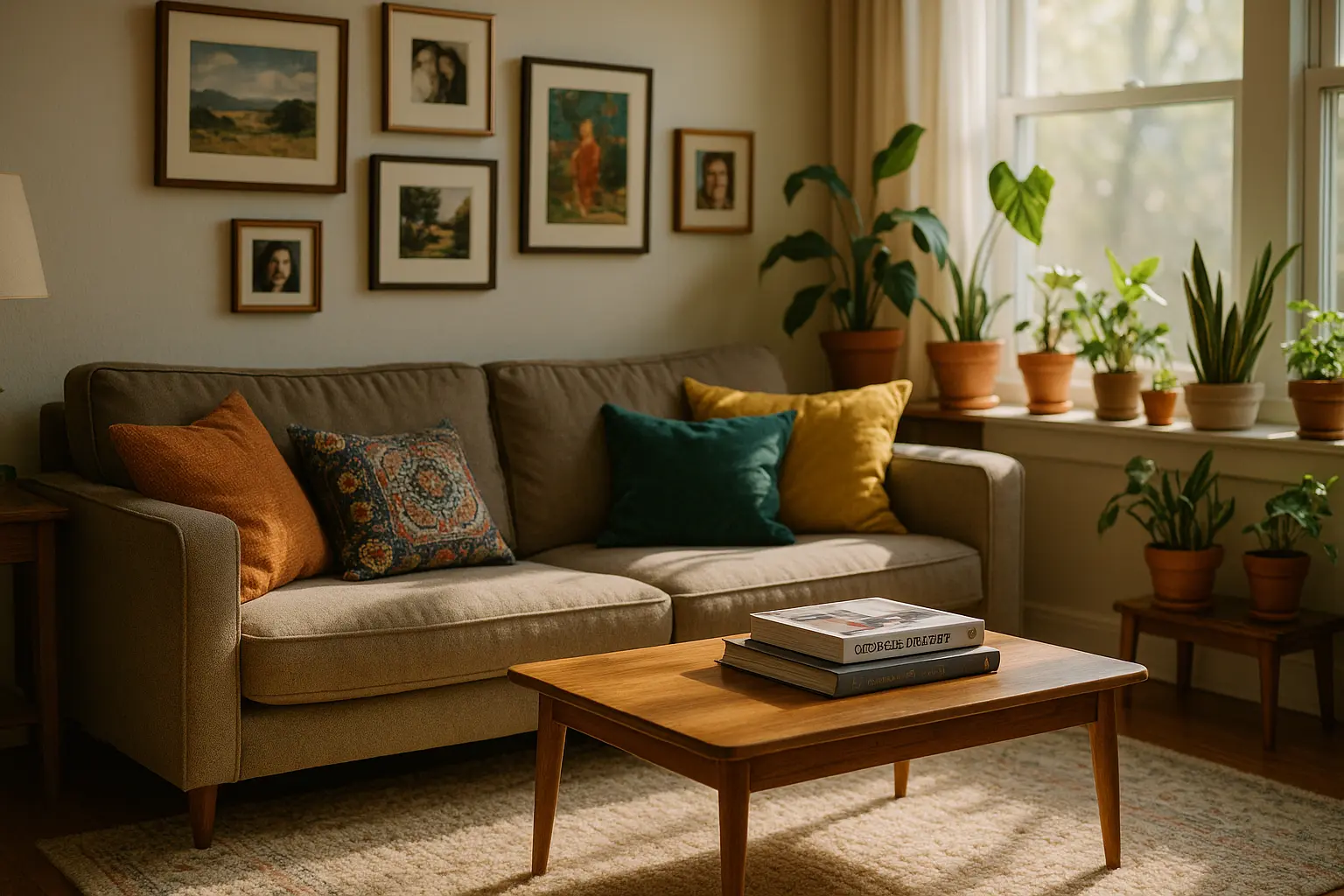
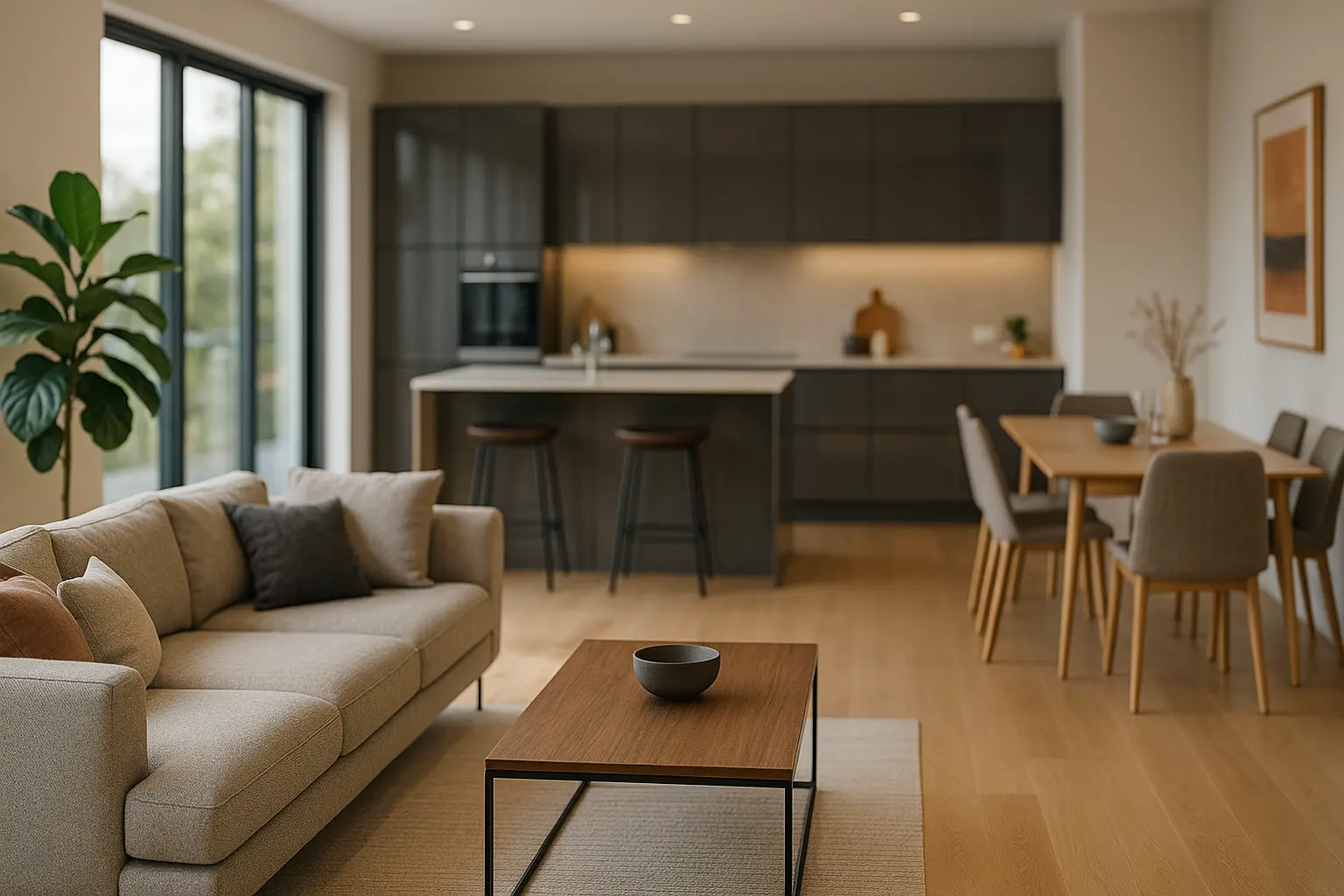
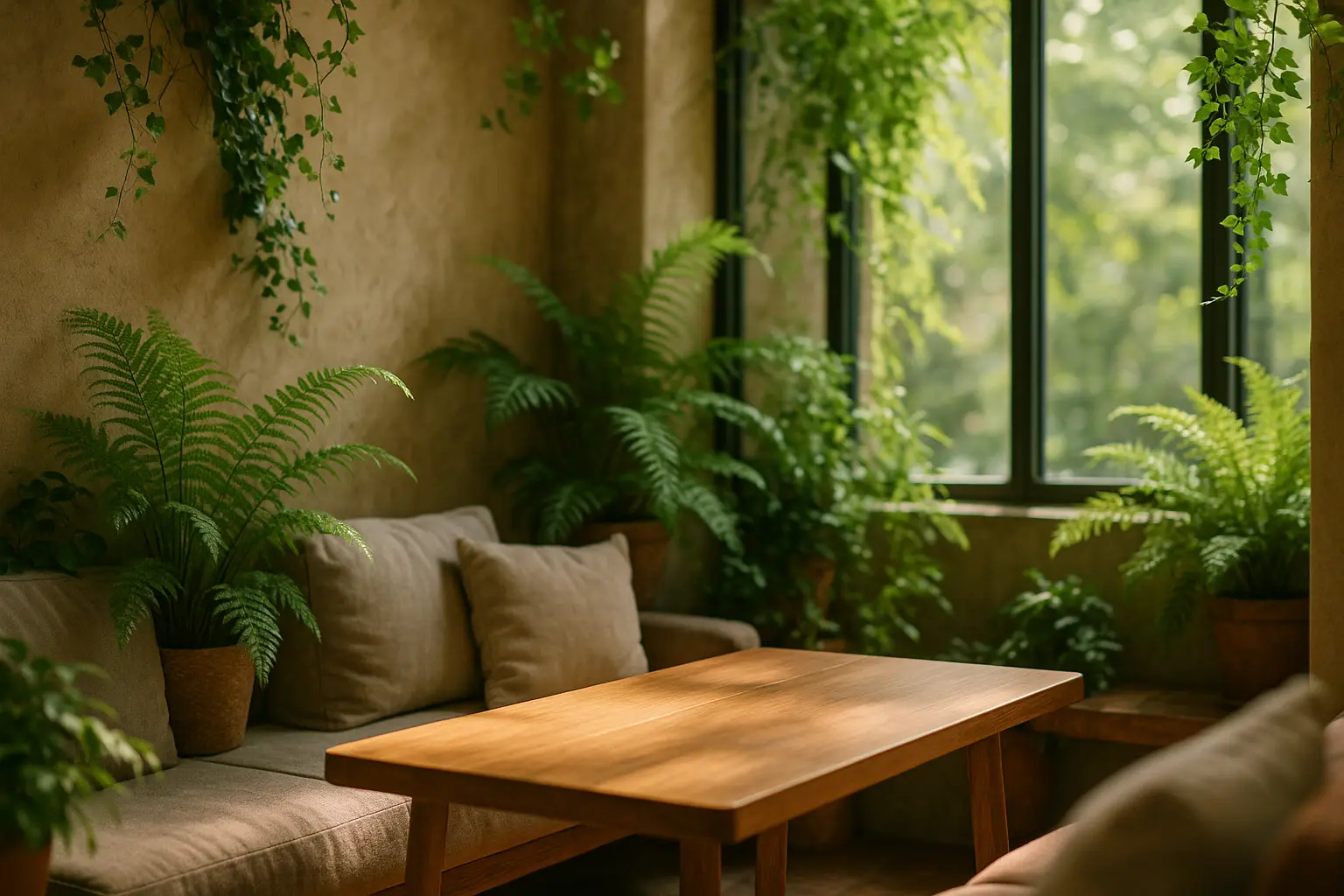
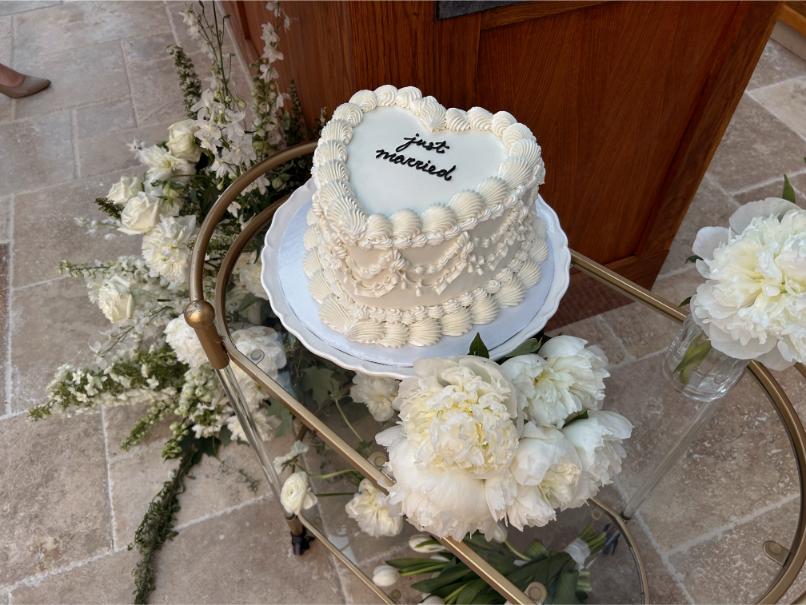


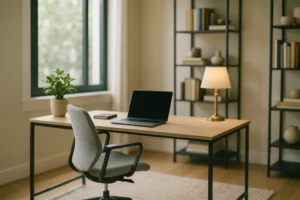

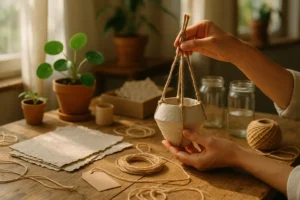



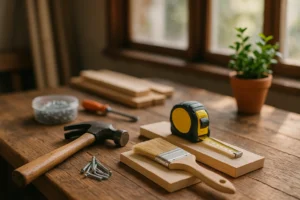

Post Comment